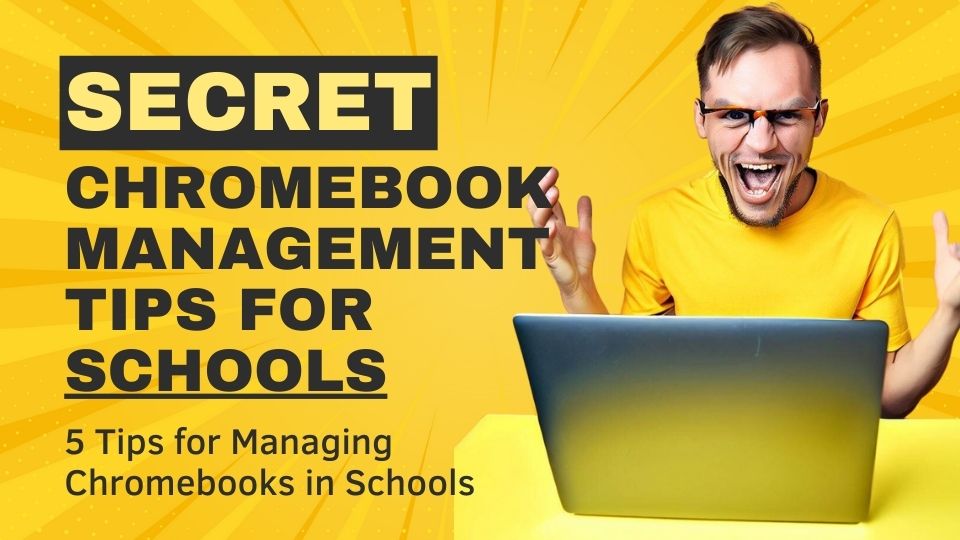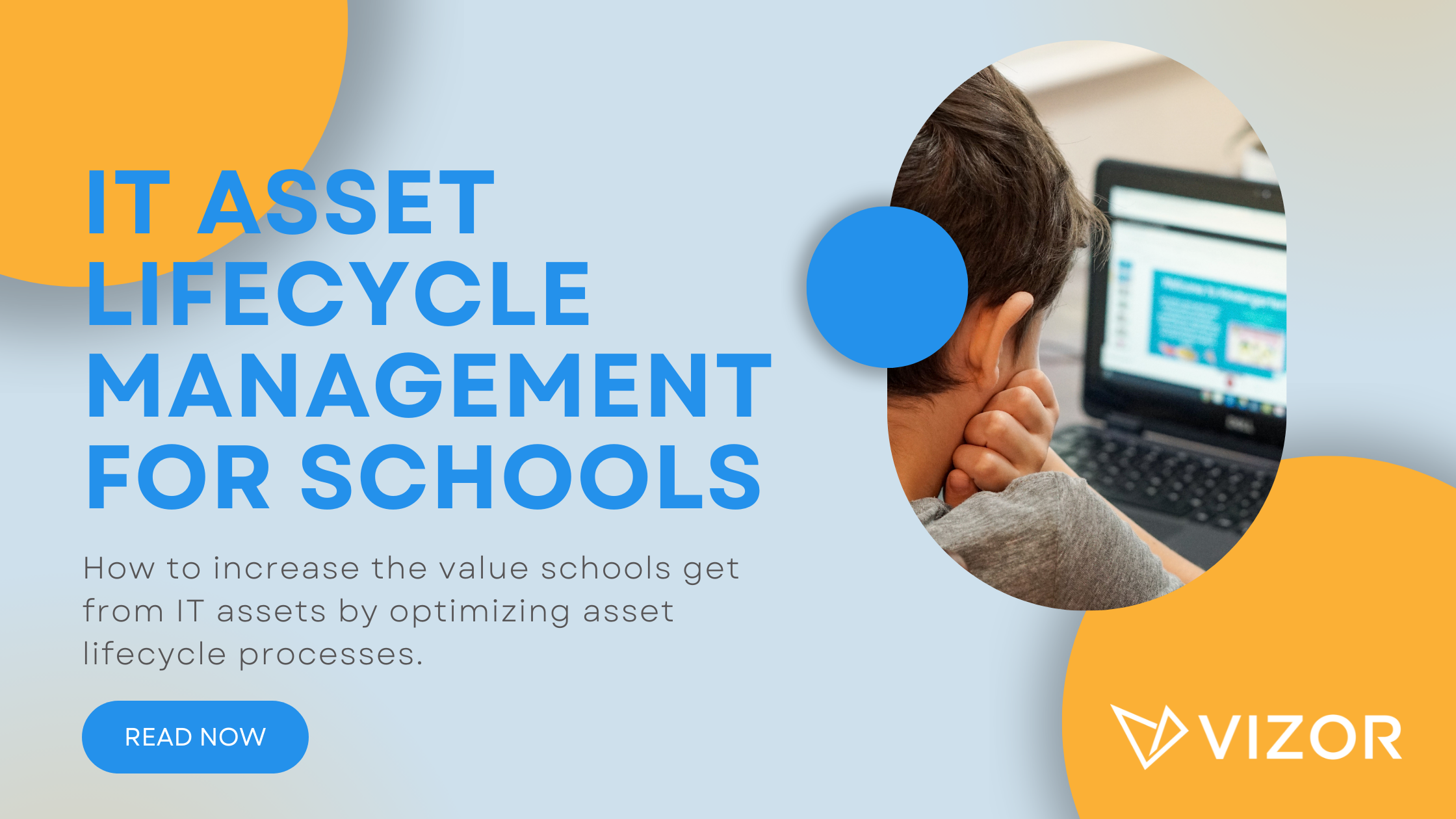No More Microsoft Windows 7 Support – What To Do
Microsoft announced the end of support for Windows 7. After January 14, 2020, the tech conglomerate will cease to create patches for most users of Windows 7. There will be the option for additional support if large companies request it. However, it will come at a high price.
Considering Windows 7 is still used on over 40% of Windows-based computers, it may make sense for large organizations to pay for the Extended Security Updates (ESU). However, for most small to medium-sized businesses, ESU won’t be an option and they will need to consider alternative options. Here are some implications to consider as we all face the extinction of support for Windows 7.
Upgrade to Windows 10
Most IT managers will probably think to upgrade to Windows 10. Also, it’s highly likely that the Windows 7 application will work on Windows 10. Generally, employees are more familiar with Windows products than other software which can reduce additional training costs. It seems like an easy decision to call an upgrade. However, you should consider how many computers need to be upgraded.
How many computers need to be upgraded? How long will it take to update them? Can the current hardware run Windows 10? If not, how much will it cost to upgrade the hardware?
Also, consider the training implications for staff. Will training be required? How much will training cost the organization?
It’s not a bad option but it needs some lead time to prepare and budget for.
Hardware Upgrade
If you know the hardware at your organization is a little outdated, this may be the time to upgrade your hardware as well. Other than upgrading to the latest Windows version you may want more efficient hardware. As a result, preparation for the upgrade will also include a hardware upgrade. The end result will be the organization running as efficiently as possible on new software and hardware. There will also be less impact on IT to manage an upgrade on older hardware.
Limited Time Frame
Perhaps, after answering all the questions previously mentioned, you realize that an upgrade would be ideal; however, it will take the organization more than a year to execute. As a result, you need to consider the Extended Security Update (ESU) program. It is usually the last resort but is handy when large organizations need an extra year or so to prepare. After the end of the support date, the ESU program provides security updates for up to three years.
Evidently, this comes at an extra cost to an already large project. As articulated here, each device will cost $25 in the first year. If your organization has 1,000 computers, for example, that is already an extra $25,000. The second year will cost $50 a device and the third year will cost $100 a device. Each device will cost $175 for three years. And suddenly, your 1,000 computers that need the software, have an additional $175,000 cost over a three-year period. It’s also important to note that the ESU program is only for larger organizations and their education customers only.
Switching Licensing Model
Another option to consider is using a new licensing model like Microsoft 365. How easy would it be to move everyone to the cloud? Does your industry approve such behavior? What if you used a hybrid licensing model? Can that save costs? Alternatively, it could also be worth costing out changing platforms completely, especially if there is a very limited budget. Have you ever considered not using Microsoft? Is it worth looking into if we want to upgrade our hardware as well?
Your First Step
As with any large project, you need to know what you’re dealing with. In other words, obtaining a snapshot of the current status of the organization’s Microsoft licenses and the assets utilizing them.
- What licenses do you own? How many are perpetual vs subscription?
- What are the terms of the licensing?
- What departments are using them? Who is using them?
- Can we remove some of the licenses? Are some licenses too extensive for certain roles?
- Is there a way to obtain economies of scale?
- Do you have legacy applications? Who uses them? Can current hardware run Windows 10?
You can get this information by using VIZOR to discover the licenses within your network and identify who is using what. Then you can centralize the purchases in the system and manage the licenses, especially if you need different licensing models for different departments.
Conclusion
In the end, most organizations, if not all, will need to make some changes and there will be some costs associated with the project. As of now, you are still ahead of most and can start on the project to avoid falling behind. Schedule a call with one of our representatives to see how we can help better prepare your organization for these changes as well as similar changes in the future.
Need a IT Asset Management Tool?





